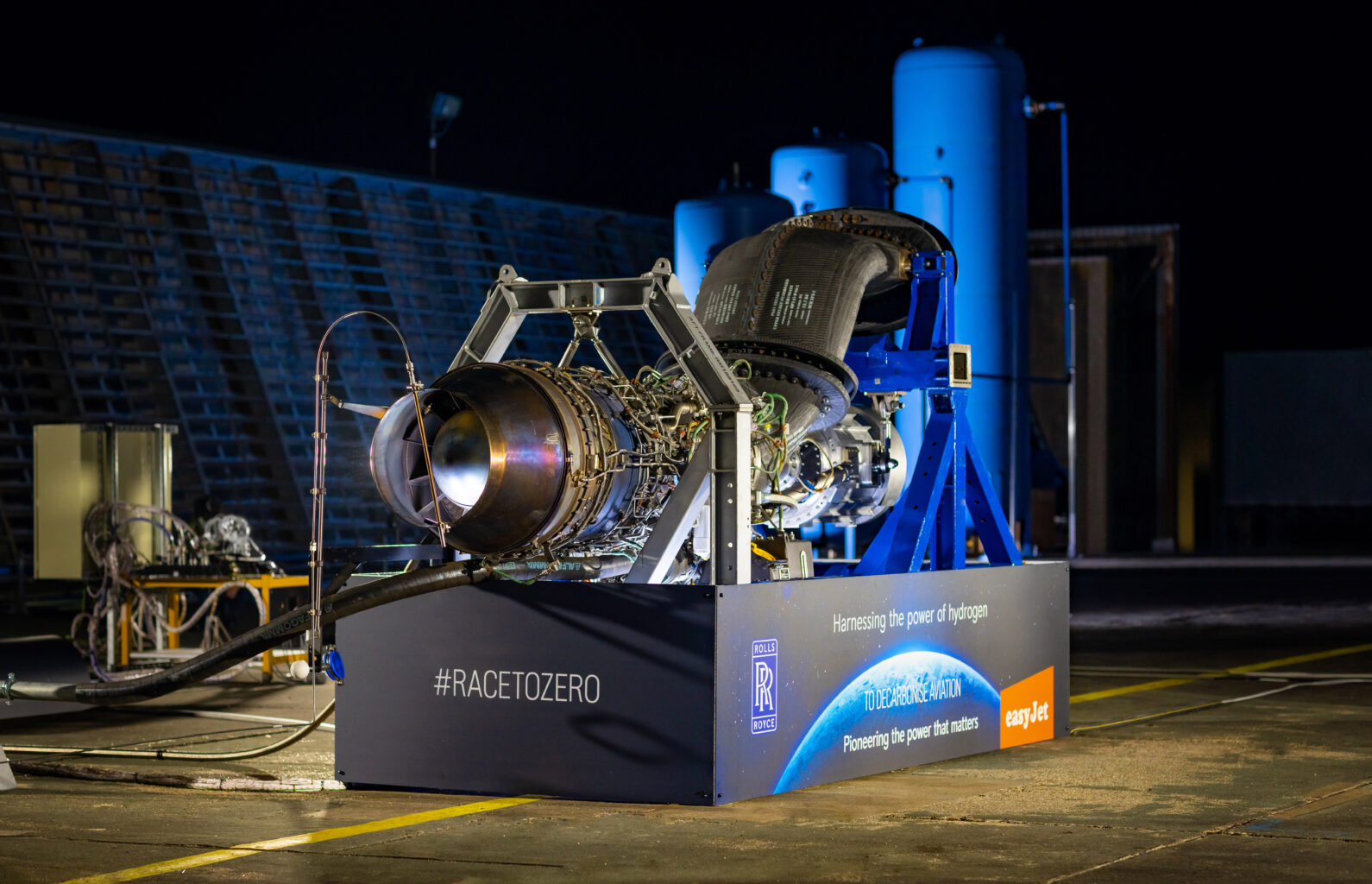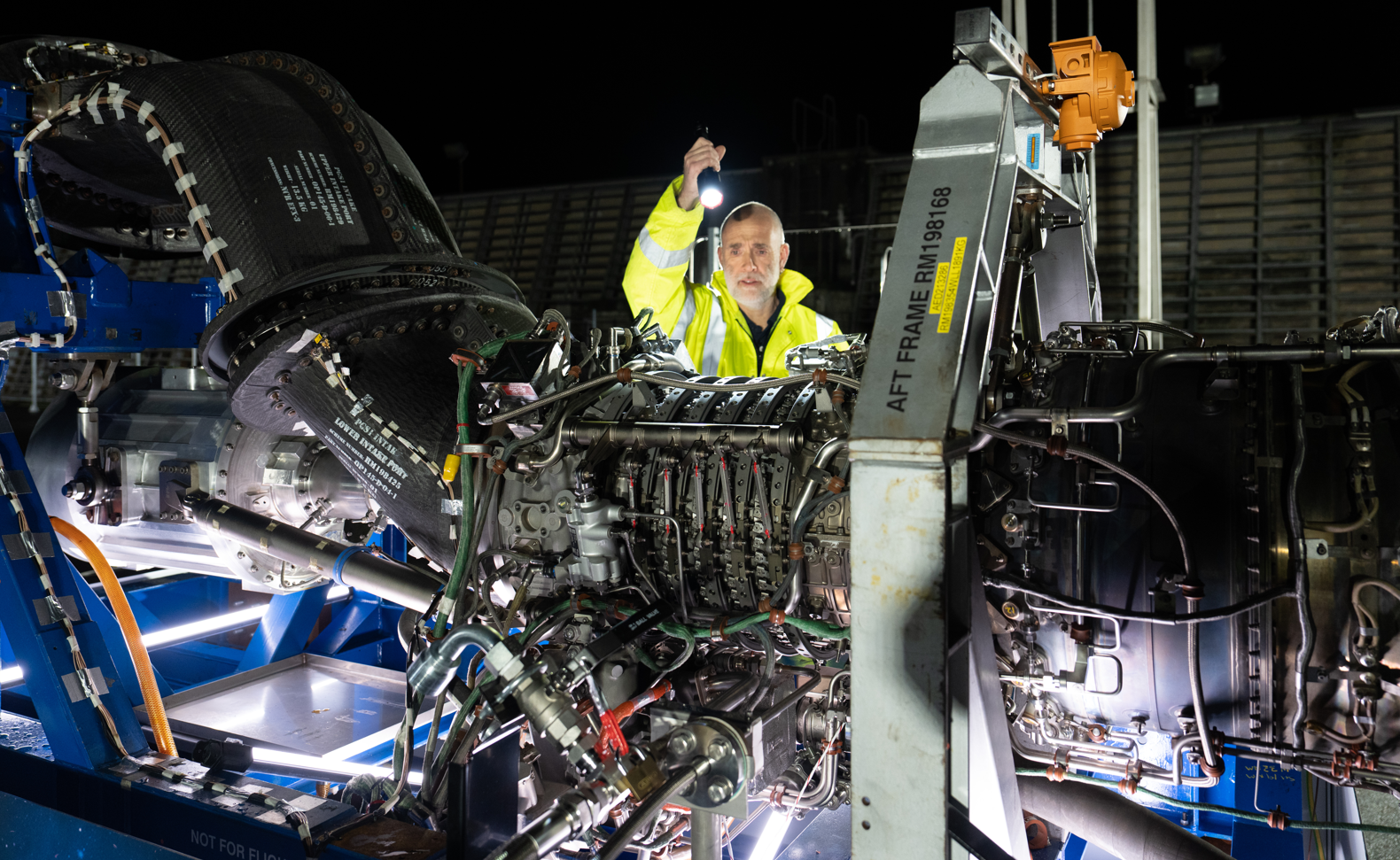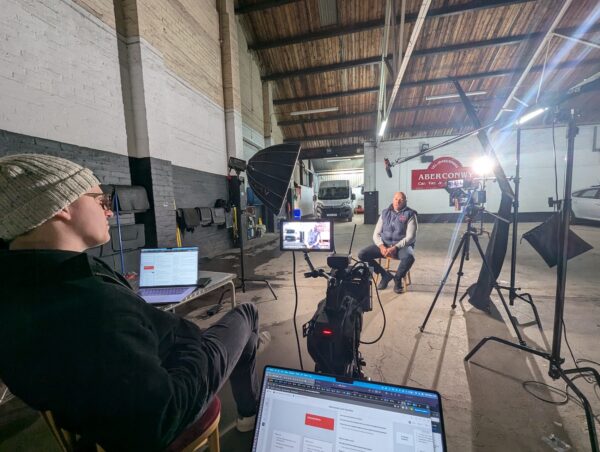Latest News | 30 November 2022
Rolls-Royce claims hydrogen aero engine world first

Rolls-Royce has confirmed it has set a new aviation milestone with the world’s first run of a modern aero engine on hydrogen.
In partnership with airline easyJet, the engineering giant, which has its civil aerospace business in Derby, successfully conducted a ground test on an early concept demonstrator using green hydrogen created by wind and tidal power.
It marks a major step towards proving that hydrogen could be a zero-carbon aviation fuel of the future and is a key proof point in the decarbonisation strategies of both Rolls-Royce and easyJet.
Grazia Vittadini, chief technology officer at Rolls-Royce, said: “The success of this hydrogen test is an exciting milestone.
“We only announced our partnership with easyJet in July and we are already off to an incredible start with this landmark achievement.
“We are pushing the boundaries to discover the zero carbon possibilities of hydrogen, which could help reshape the future of flight.”

Both Rolls-Royce and easyJet have set out to prove that hydrogen can safely and efficiently deliver power for civil aero engines.
They are already planning a second set of tests, with a longer-term ambition to carry out flight tests.
The most recent test took place at an outdoor test facility at MoD Boscombe Down, using a converted Rolls-Royce AE 2100-A regional aircraft engine.
Green hydrogen for the tests was supplied by EMEC (European Marine Energy Centre), generated using renewable energy at its hydrogen production and tidal test facility on Eday, in the Orkney Islands.
Following analysis of this early concept ground test, the partnership plans a series of further rig tests leading up to a full-scale ground test of a Rolls-Royce Pearl 15 jet engine.

Secretary of State for Business, Energy and Industrial Strategy, Grant Shapps said: “The UK is leading the global shift to guilt-free flying, and this test by Rolls-Royce and easyJet is an exciting demonstration of how business innovation can transform the way we live our lives.
“This is a true British success story, with the hydrogen being used to power the jet engine today produced using tidal and wind energy from the Orkney Islands of Scotland – and is a prime example of how we can work together to make aviation cleaner while driving jobs across the country.”


